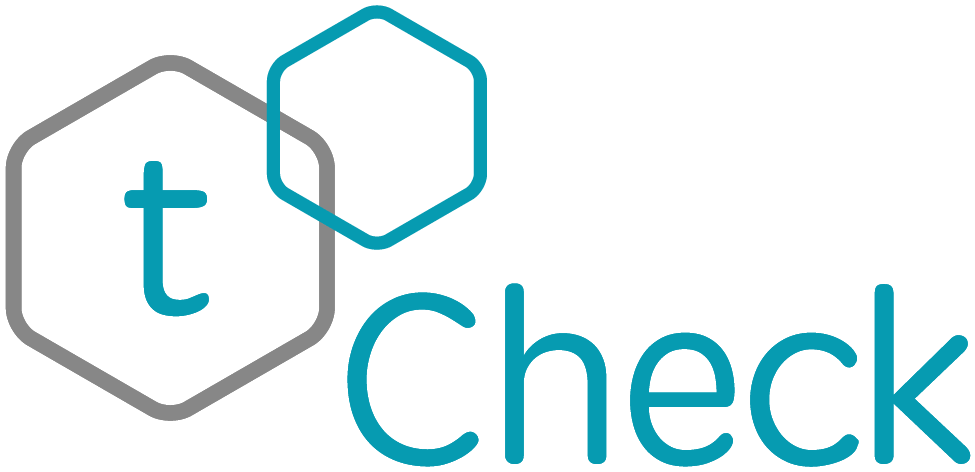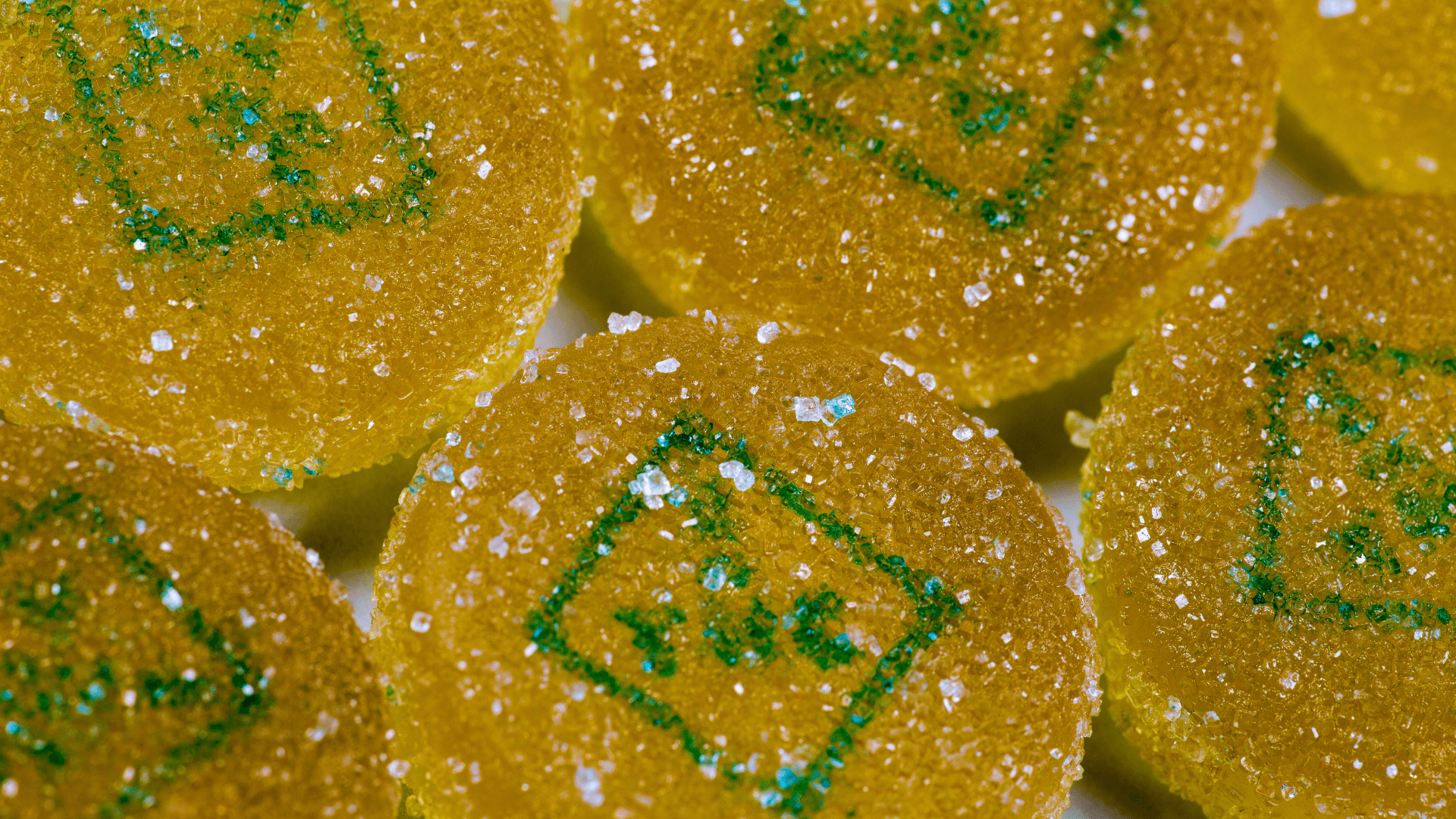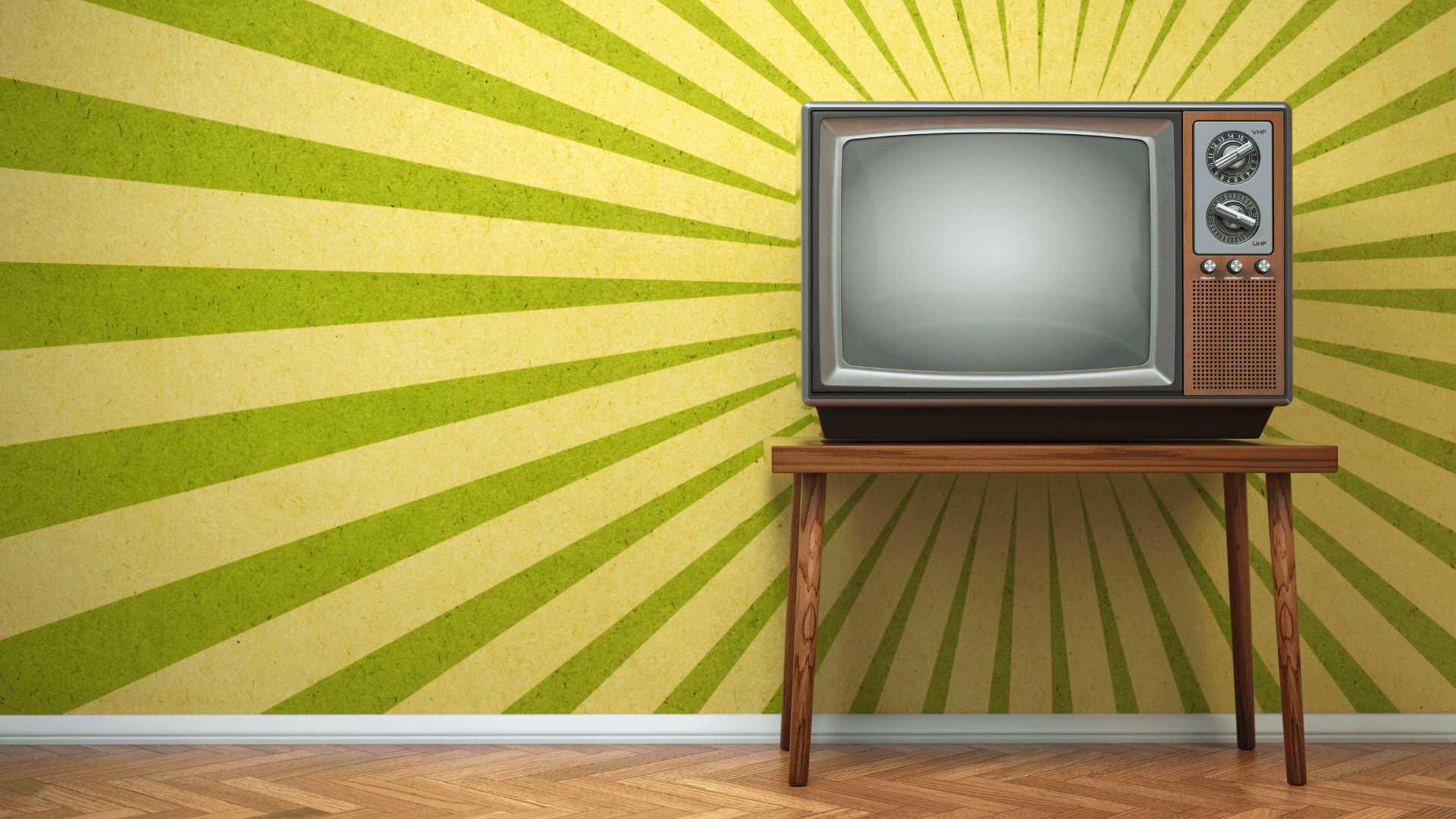Before medical marijuana went mainstream, most tokers didn’t think much about dosing their ganja. Indeed, back in the day, many weed fans were content to keep smoking until they felt satisfied. Now that cannabis is becoming more tolerated, “dagga dosing” has become a bit more scientific. Medical and recreational users are more concerned about getting the “right dose” of marijuana.
While there may never be one perfect “pot prescription,” there are a few dosing techniques new users should keep in mind. But before we address how much cannabis you should be using, we must review how you’re taking your weed.
Edibles vs. Tinctures vs. Flowers: Are THC Doses Interchangeable?
First off, new cannabis users should know that tinctures, edibles, and flowers produce markedly different effects. Even if their cannabinoid counts are similar, each of these goods has different absorption rates. For this reason, you can’t use the same milligram count for every cannabis product.
Generally, you should reduce your cannabis dosage if you’re using smokable or vapeable products. Since cannabis smoke travels directly into your lungs, it has a remarkably high absorption rate. You will feel the effects of these items within a matter of minutes—if not seconds!
By contrast, cannabis edibles have to pass through the liver before you experience effects. You probably won’t feel anything from an edible for about one to two hours. As long as you didn’t overdo your edible dose, these effects will be more subdued than smokable cannabis flower.
As for cannabis tinctures, they could have a higher absorption rate than edibles if you use them sublingually. For those who aren’t aware, “sublingual ingestion” means you put a few drops of cannabis extract under your tongue before swallowing. This simple method gives your sublingual glands enough time to absorb cannabinoids into your bloodstream.
Of these three products, it’s easiest to dose cannabis tinctures accurately. Not only could you easily convert drops into milligrams, tinctures have a superb absorption rate when taken sublingually. With edibles and flowers, it will take a bit more guesswork to figure out your ideal dosage levels.
How Do Cannabinoid Counts Affect Cannabis Dosage?
After deciding which cannabis product you’re going to use, it’s time to figure out your strain’s average cannabinoid count. Each cultivar has wildly different cannabinoid and terpene percentages. Unless you analyze your buds with a high-quality potency scanner, you won’t have a clue how strong your strain is.
The two primary cannabinoids to watch out for are THC and CBD. When THC levels are elevated, you can expect a more intense psychoactive experience. As CBD content rises, however, you should experience a less potent smoking session.
Since THC is an intoxicating cannabinoid, it’s best to lowball your dosage amounts when using high-THC products. People who are prone to anxiety may experience adverse side effects if they use too much THC in one go.
CBD, on the other hand, carries minimal side effects even at higher doses. While you should still begin dosing CBD on the lower end, you don’t have to be as cautious as you would be with THC.
It’s also worth mentioning there’s a big difference between indica and sativa strains. In brief, indicas are sedative, while sativas are energizing. Be sure your cannabis strain’s standard effects match your preferences.
For more details on choosing between indicas and sativas, we’d recommend reading this previous tCheck post.
For more details on choosing between indicas and sativas, we’d recommend reading this tCheck post "Keep Calm with These Cannabis Cultivars".
So, How Much Cannabis Should I Take Per Day?
It’s impossible to share one dosing schedule for all first-time cannabis users. Figuring out your ideal dosage will depend on multiple factors, including your metabolism, health goals, and tolerance level. However, there are a few general dosing guidelines that work well for new users
Most cannabis experts recommend starting with 1.5 - 2.5 mg of THC before bed for about two nights. If you feel this dose isn’t giving you the best results, then you could add another 2.5 mg dose earlier in the day. Keep increasing this dose by 2.5 mg—or add a third 2.5 mg dose—until you achieve your desired results.
If you notice any side effects as you increase these percentages, please stop using marijuana for at least one day. When you feel ready to take cannabis again, be sure to use a slightly lower dose.
Those who prefer smoking marijuana should start with one toke and wait 15 minutes before gauging their strain’s effectiveness. If you don’t feel the relief you’re looking for, try one more toke and wait for about 30 minutes.
FYI: You could increase all of these dosage suggestions if you’re taking a high-CBD product. Indeed, many nutritionists claim it’s safe to start dosing CBD at 2.5 mg per kilogram of body weight. Like THC, however, it’s best to increase your CBD dose gradually until you achieve your desired effects.
Please Don’t Forget To Keep A “Pot Pad”
When you’re just getting started with cannabis, you should take a few moments each day to record your daily dosage and any notable effects. Be sure to write down what form of cannabis you took (e.g., tincture, edible, or flower) and the THC-to-CBD ratios.
It may be a bit boring to track all these details, but a trusty paper pad is the easiest way to gauge your dosage levels. You could also use this info to see whether you’re developing a tolerance to THC. If you’re taking more marijuana and experiencing weaker results, then it may be time to take a “T break.”
While there’s debate over how long these breaks should last, most researchers say abstaining from marijuana for 21 days offers the best results.
How Is “Microdosing” Different From Standard Dosing?
Please remember you don’t need to feel “high” for pot to have a positive effect. Indeed, a growing number of cannabis patients go out of their way not to feel high.
These so-called “microdosers” take just enough THC to have a sub-perceptible effect. Instead of getting “stoned,” microdosers attempt to harness THC’s effects without sacrificing productivity.
If you’d like more specific info on microdosing cannabis, we’d encourage you to read this previous guide on tCheck’s blog "Benefits of Microdosing Cannabis".
Do You Need Less THC On An Empty Tummy?
As you’re investigating cannabis dosage strategies, you may run across some forums that claim taking cannabis on an empty stomach enhances potency. So, should you adjust your dosage levels before mealtime?
At this point, it’s hard to say whether food affects THC absorption. However, there’s one fascinating study out of the University of Minnesota that runs counter to conventional cannabis wisdom. According to this data, CBD has a higher absorption rate when taken with a high-fat meal.
Until more scientists investigate this issue, it’s unclear how food affects cannabis dosage levels. If you’re extra curious about this issue, be sure to make a note of it in your journal. Otherwise, you shouldn’t worry too much about taking cannabis with food.
Keep Tabs On Your THC With A tCheck Scanner
Whether you’re using weed medically or recreationally, you need accurate cannabinoid percentages to assess your ideal dosage. The simplest way to get a clear reading on your pot’s potency is to use one of tCheck’s convenient scanners. Our hi-tech potency scanners make it easy to track your strain’s cannabinoid and terpene percentages.









